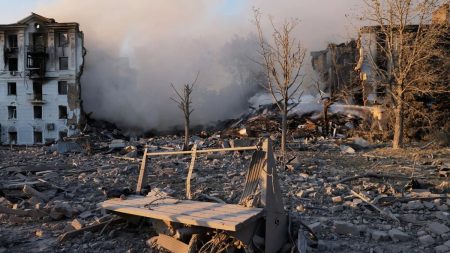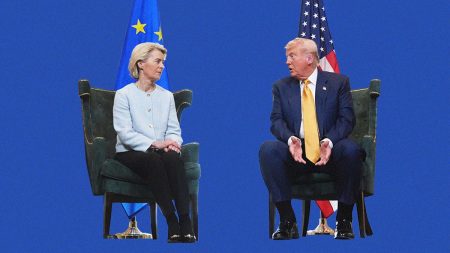Romania’s Political Landscape: Navigating a Path Through Uncertainty
Romania, a nation grappling with political instability and a surge in anti-establishment sentiment, finds itself at a critical juncture. The December 2024 parliamentary elections, while positioning the Social Democratic Party (PSD) as the leading force, also witnessed significant gains by far-right nationalist factions, underscoring a growing disillusionment among the populace. This backdrop of political fragmentation and ideological polarization has created a challenging environment for governance, raising concerns about the country’s future trajectory within the European Union.
The political crisis deepened further with the controversial presidential election. Calin Georgescu, a far-right ultranationalist figure, emerged as the frontrunner in the initial round, sending shockwaves through the political establishment. Incumbent Prime Minister Marcel Ciolacu, representing the PSD, trailed behind in third place. Georgescu’s unexpected success ignited a firestorm of allegations, ranging from electoral irregularities to potential Russian interference, further exacerbating the already tense political climate. The situation escalated to the point where the Constitutional Court took the extraordinary step of annulling the presidential race entirely, highlighting the depth of the crisis.
In an attempt to restore stability and steer the nation towards a more predictable course, President Klaus Iohannis nominated Ciolacu to form a new pro-European coalition government. This move is seen as a strategic maneuver to counter the rising influence of far-right nationalists and reaffirm Romania’s commitment to European values. Ciolacu, already serving as Prime Minister since June 2024, now faces the daunting task of assembling a broad coalition capable of addressing the complex challenges facing the country. His mandate is fraught with difficulties, given the deep-seated political divisions and the erosion of public trust in the political system.
The proposed coalition’s composition reflects the intricate political landscape of Romania. It brings together the PSD, the center-right National Liberal Party (PNL), the ethnic Hungarian party UDMR, and representatives of national minorities. This diverse alliance underscores the need for compromise and cooperation to navigate the current political turbulence. The coalition partners have also reached an agreement on a common pro-European candidate for the upcoming rerun of the presidential election, signaling a united front against the rising tide of nationalism.
The PSD and PNL have a history of uneasy collaboration. In 2021, they formed a coalition government, also including the UDMR, in an attempt to address the political challenges of the time. However, this partnership proved to be strained, with internal disagreements and power struggles ultimately leading to the UDMR’s withdrawal from the government in the preceding year. This past experience raises questions about the long-term viability of the current coalition and its ability to effectively govern amid continuing political uncertainties.
Ciolacu acknowledges the significant hurdles ahead. He recognizes the deep political crisis and the widespread erosion of public trust, emphasizing the coalition’s commitment to regaining the confidence of the Romanian people. The future government faces a challenging mandate, requiring a delicate balance between addressing pressing domestic issues and navigating the complexities of the European political landscape. Success will hinge on the coalition’s ability to overcome internal divisions, effectively manage the resurgence of nationalist sentiment, and restore faith in the democratic process. The upcoming presidential election will serve as a crucial test of the coalition’s strength and its capacity to chart a stable course for Romania. The nation stands at a crossroads, and the choices made in the coming months will determine its trajectory for years to come.














